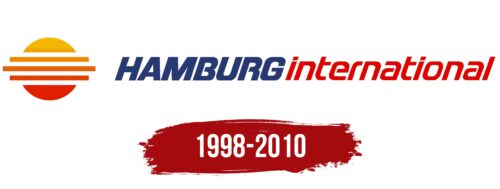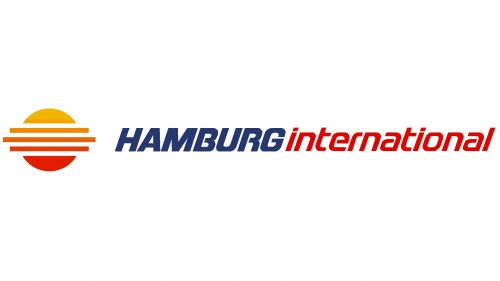 Hamburg International Logo PNG
Hamburg International Logo PNG
Hamburg International: Brand overview
Founded in 1998, Hamburg International was a start-up leisure airline from Hamburg, Germany. The airline’s primary focus was to provide affordable charter flights for vacationers departing from Hamburg and other airports in Northern Germany.
Hamburg International began operations in April 1999 with its first flights to popular tourist destinations in the Mediterranean using Boeing 737 aircraft. Over the course of a decade, the airline expanded its horizons to markets in Europe, North Africa, and the Middle East, fueled by strong growth in demand for travel services.
However, rising fuel prices and stiff competition from full-service airlines and low-cost carriers led to a decline in Hamburg International’s profitability. The severity of persistent losses meant that by 2009, the airline was forced to downsize its fleet and abandon unprofitable routes and bases.
Desperate to survive, Hamburg International attempted a restructuring in 2010, which did not yield the desired results. As a result, the airline ceased operations in October of that year. During its heyday, the airline carried over 1 million passengers annually with a fleet of seven airplanes.
The demise of Hamburg International shows that the airline faced serious challenges in the tightly filled European charter market, as well as relentless competition from low-cost carriers, which it was ultimately unable to overcome.
Meaning and History
What is Hamburg International?
It was a former German charter airline based at Hamburg Airport, providing leisure and corporate charter flight services for tour operators, cruise lines, and private clients. The company operated a fleet of narrow-body aircraft, such as the Boeing 737 and Airbus A320, equipped with comfortable cabins and modern amenities to ensure a pleasant flight experience for passengers.
1998 – 2010
The name Hamburg International is written in bold italics. Some letters have small gaps where the strokes join. The first word is typed in capital blue glyphs, the second in lowercase red letters. On the left is a circle divided by three horizontal stripes. This symbolizes the sun and its reflection on the water with rippling waves. Gradient from yellow to red gives the emblem depth and volume.
Such elements of logo design, such as small spaces between letters and bold italic font, give the emblem modernity and dynamism. The gradient adds depth and evokes a sense of warmth and vibrancy, perhaps symbolizing the airline’s global reach and commitment to customer satisfaction.




